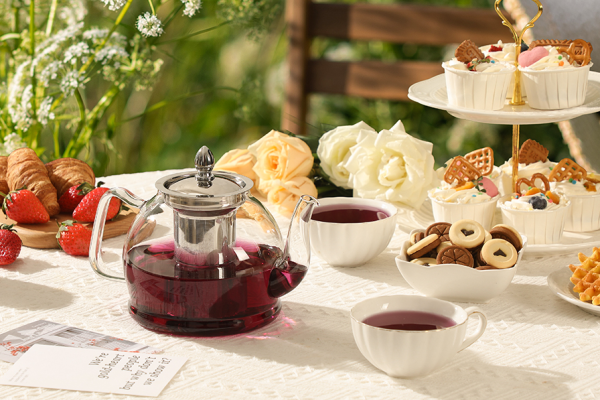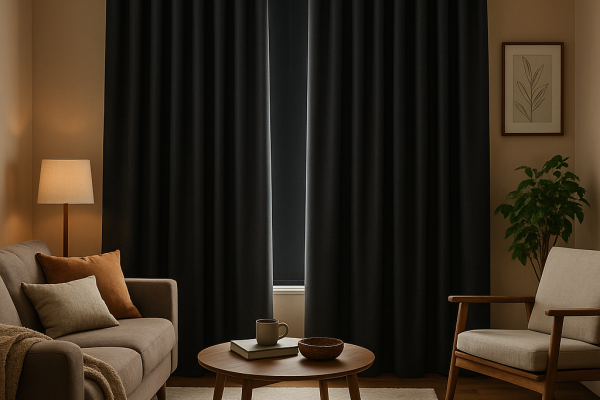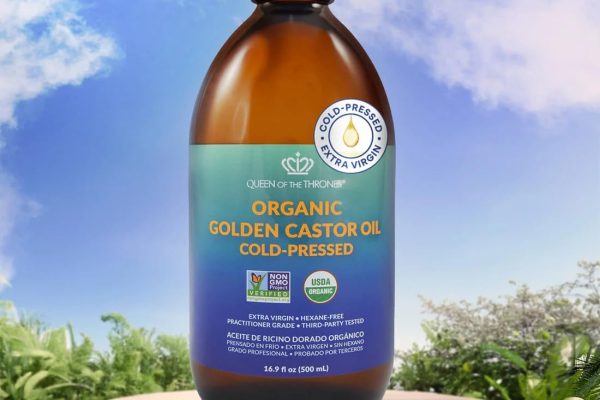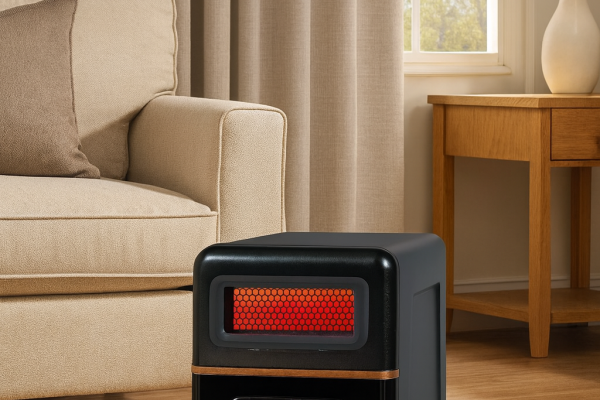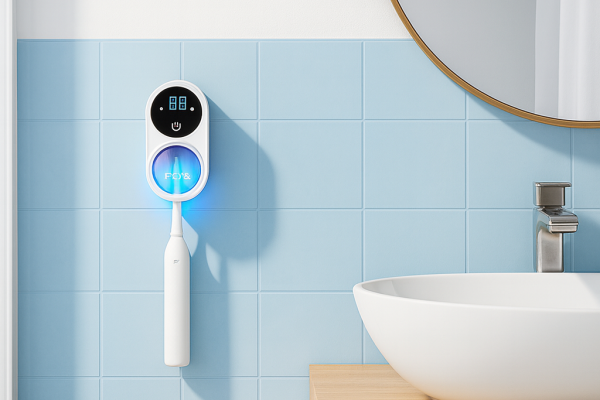
In today’s world of rising temperatures and increasing energy costs, finding ways to keep homes cool without relying heavily on mechanical systems has become a priority for many homeowners. This is particularly true for those seeking to create nature-inspired interiors that maintain a connection to the natural world. The most effective approach isn’t about selecting a single cooling technique, but rather implementing an integrated system of passive strategies that work together while honoring biophilic design principles.
Understanding the Integrated Approach
The top passive cooling strategy for nature-inspired homes is a climate-responsive framework that combines three essential elements:
- Heat gain prevention – stopping unwanted heat from entering the home
- Natural heat dissipation – efficiently removing heat that does accumulate
- Biophilic enhancement – incorporating nature-inspired elements that actively contribute to cooling
This holistic methodology moves beyond simple temperature reduction to achieve comprehensive thermal regulation and resilience, ensuring lasting comfort, significant energy savings, and improved occupant well-being. When these strategies work together, they create a multiplier effect where each element amplifies the others’ effectiveness.
Building a Strong Foundation: The Optimized Envelope
The cornerstone of passive cooling begins with creating an effective barrier against external heat:
Insulation and Airtightness: A well-insulated, airtight building envelope significantly slows heat transfer and prevents warm air infiltration. This is particularly critical in hot climates where keeping heat out is the primary challenge. Modern insulation materials like cellulose and mineral wool provide excellent thermal resistance while maintaining breathability.
High-Performance Windows: Windows are often the weakest link in the building envelope. Selecting windows with low Solar Heat Gain Coefficients (SHGC), multiple glazing layers, and low-emissivity coatings can dramatically reduce heat gain while still allowing natural light to enter. The frame material also matters—thermally broken frames prevent heat conduction through the window assembly.

Cool Roofs: The roof receives the most direct solar exposure of any building surface. Light-colored roofing materials that reflect a significant portion of solar radiation can reduce heat absorption substantially. Green roofs covered with vegetation provide additional insulation and reduce heat through evapotranspiration.
Strategic Shading: Blocking Heat Before It Arrives
Preventing direct sunlight from hitting your windows and walls is one of the most effective cooling strategies:

Exterior Shading Devices: External shading is significantly more effective than interior coverings since it blocks solar radiation before it enters the building. Options include properly sized roof overhangs, awnings, shutters, trellises, and brise soleil (sun-breaking architectural elements). These can be fixed or adjustable to adapt to seasonal changes.
Landscaping for Shade: Deciduous trees strategically planted on the south, east, and west sides of a building provide natural seasonal shading. During summer, their dense foliage blocks harsh sunlight, while in winter, bare branches allow beneficial solar gain. Beyond shade, trees also cool surrounding air through evapotranspiration, creating a more comfortable microclimate around the home.
Graywind Smart Blackout Roller Shades [click to view…]
Dynamic Shading Systems: Operable exterior blinds or shutters that can be adjusted based on sun position provide flexibility throughout the day and across seasons. These can be manually operated or integrated with smart home systems to automatically respond to changing conditions.
Harnessing Thermal Mass: The Natural Temperature Regulator
Certain building materials can act as thermal batteries, absorbing and releasing heat to moderate temperature swings:

Tokyo Architect’s 7 Level Compact Home
Material Selection: Dense, heavy substances like concrete, brick, stone, and tile excel at absorbing and storing heat energy. These materials, when exposed within the home (think concrete floors or brick walls), can significantly dampen temperature fluctuations by absorbing excess heat during hot periods.
Night Flushing: For thermal mass to contribute effectively to cooling, the stored heat must be released when external temperatures drop. Night flushing—maximizing ventilation during cooler nighttime hours—cools down the thermal mass and prepares it to absorb heat again the next day. This strategy is particularly effective in climates with significant day-night temperature differences.
Strategic Placement: Thermal mass works best when it receives indirect sunlight rather than direct solar radiation. Placing thermal mass elements like stone walls behind south-facing glass that’s properly shaded in summer creates an optimal arrangement for year-round temperature regulation.
Optimizing Natural Ventilation: Creating Cooling Airflow
Strategic airflow removes heat and creates cooling breezes that enhance comfort:
Cross-Ventilation: Positioning openings on opposite sides of a space creates a path for air to flow through, driven by wind pressure differences. The effectiveness of cross-ventilation is maximized in buildings with narrow floor plans or open layouts that don’t impede airflow.
Stack Ventilation: This strategy leverages the principle that warm air rises. High-level openings like clerestory windows, skylights, or roof ventilators allow hot air to escape, creating negative pressure that draws cooler air in through lower openings. Solar chimneys can enhance this effect by using solar radiation to accelerate the upward movement of warm air.
Night Purging: Opening windows during cooler nighttime hours flushes accumulated heat from the building and its thermal mass. Research indicates this makes the biggest difference in cooling, especially in climates with cool night air. Security considerations and automated systems can help make night ventilation more practical.
Biophilic Elements That Actively Enhance Cooling
Nature-inspired design elements contribute both aesthetically and functionally to passive cooling:
Strategic Greenery
Gardyn Home Kit [click to view…]
Plants do more than beautify spaces—they actively cool them:
- Trees and large shrubs shade building surfaces and cool surrounding air
- Green roofs add insulation and reduce heat through plant transpiration
- Vertical gardens on walls filter sunlight and cool adjacent spaces
- Indoor plants improve air quality and contribute to psychological cooling
- Strategic placement of vegetation can funnel cooling breezes toward the building
Water Features
Mirror Waterfall Fountain [click to view…]
Water elements create natural cooling effects while enhancing sensory connection to nature:
- Fountains, pools, and water walls generate evaporative cooling as water molecules absorb heat to change from liquid to vapor
- Moving water creates convection currents that distribute cooled air
- The sound of flowing water masks noise pollution and creates a psychologically cooling effect
- Most effective in hot-dry climates where the added humidity is beneficial
Natural Materials
Farmhouse Dining Table by WW Make [link]
Beyond aesthetic appeal, natural materials regulate temperature and humidity:
- Stone, earth, and brick provide thermal mass for temperature regulation
- Wood and bamboo offer good insulation properties and moisture regulation
- Clay and lime plasters naturally balance humidity levels
- Light-colored natural materials reflect rather than absorb heat
- These materials create tactile connections to nature while serving functional purposes
Climate-Responsive Application Across Different Regions
The effectiveness of various passive cooling strategies varies significantly depending on local climate conditions:
Hot-Humid Regions (Southeast US)
- Aggressive shading on all building facades
- Maximizing air movement through ventilation (without adding humidity)
- High insulation and airtightness to block external heat and humidity
- Cool roofs to reflect solar radiation
- Careful dehumidification to enhance comfort
Hot-Dry Regions (Southwest US)
- Thermal mass with night purging leverages significant day-night temperature differences
- Evaporative cooling through water features works extremely well
- Deep shading protects against intense desert sun
- Earth coupling utilizes stable ground temperatures
- Strategic ventilation timed to coincide with cooler periods
Mixed-Humid & Marine Climates
- Adaptive, flexible strategies that accommodate seasonal variations
- Adjustable shading that allows winter sun while blocking summer heat
- Natural ventilation during moderate temperature periods
- High insulation that benefits both heating and cooling seasons
- Moderate use of thermal mass balanced with adequate insulation
Conclusion: A Vision for Sustainable, Nature-Connected Living
The most effective passive cooling strategy for nature-inspired homes is a thoughtful integration of complementary approaches tailored to local climate conditions. By combining a well-designed building envelope, strategic shading, thermal mass, natural ventilation, and functional biophilic elements, homes can achieve exceptional cooling with minimal energy use. This approach not only maintains comfortable temperatures but also strengthens our connection to nature, improves wellbeing, and builds resilience against climate challenges. Rather than fighting against natural forces, this strategy works harmoniously with them, creating living spaces that are comfortable, beautiful, and sustainable for the future.
Dora Decora is a biophilic interior design specialist and passionate blogger. With a deep commitment to integrating nature into living spaces, Dora specializes in creating environments that foster human-nature connections through thoughtful design elements. Her approach emphasizes sustainable materials, natural lighting, and organic patterns that enhance wellbeing and reduce environmental impact.
This post (https://homechroma.com/passive-home-cooling-strategy-for-nature-inspired-interiors) was originally published by Dora Decora on Home Chroma. As an Amazon Associates partner, we are compensated for all qualifying purchases.







